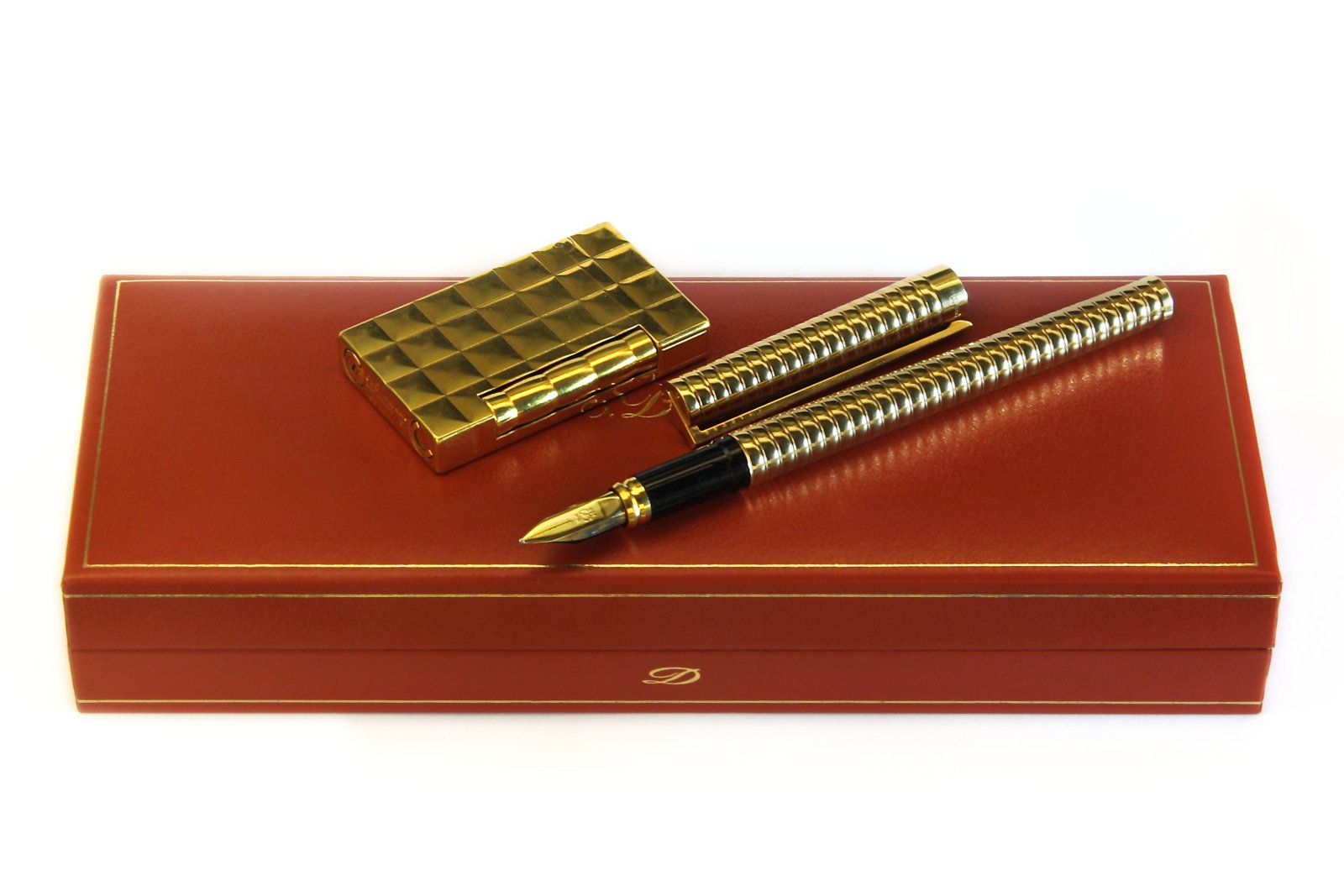Acrylic vs Celluloid vs Resin vs Plastic...
-
Forum Statistics
353.3k
Total Topics4.6m
Total Posts -
Member Statistics
126,067
Total Members2,522
Most OnlineNewest Member
pentathalon
Joined -
Images
-
Albums
-
Extra Fine Nib Ink Reviews (18 of n)
- By LizEF,
- 0
- 17
- 17
-
4posts
- By Tashi_Tsering,
- 0
- 0
- 8
-
waterman 40s
- By shalitha33,
- 0
- 0
- 4
-
USG 1
- By USG,
- 0
- 0
- 86
-
CS pen and pencil sets
- By shalitha33,
- 0
- 0
- 18
-


















.thumb.jpg.f07fa8de82f3c2bce9737ae64fbca314.jpg)



desaturated.thumb.gif.5cb70ef1e977aa313d11eea3616aba7d.gif)






Recommended Posts
Create an account or sign in to comment
You need to be a member in order to leave a comment
Create an account
Sign up for a new account in our community. It's easy!
Register a new accountSign in
Already have an account? Sign in here.
Sign In Now